
How to Fix Broken Rollators?
Assessing the Damage
Before diving headfirst into repair mode, you must first assess the extent and type of damage.
Knowing what's wrong is half the battle, as it provides a clear direction for the repair process.
Common issues include:
- Wheels: They can become worn out, misaligned, or completely broken.
- Frames: They might bend, twist, or break under stress or due to an accident.
- Brakes: Over time, brakes can fail to engage properly or might become loose.
- Grips: Regular wear and tear can cause them to degrade, affecting the comfort of use.
- Brake Pads: These can wear down over time, leading to decreased effectiveness.
- Hardware: Screws and bolts can become loose, leading to unstable parts or even parts falling off.
Identifying the specific problem is pivotal, as it will guide the subsequent repair steps.
Quick Fixes
Some common rollator issues can be fixed with some basic at-home maintenance.
1. Rollator Wheels Repairs
- Examine the Wheel: Look for any signs of wear or damage. If the tread seems excessively worn, consider replacing the entire wheel.
- Wheel Spin: If the wheel isn't turning smoothly, first try cleaning it to remove any debris. Persistent problems might indicate a need to change the wheel's bearings.
Rollator Frames Repairs
- Visual Inspection: Check for any obvious deformities in the frame, such as bends or twists. If you spot minor bends, they can sometimes be carefully straightened out.
- Frame Alignment: Use a level tool to check if the frame is sitting evenly. Misalignments can sometimes be rectified by gently adjusting the frame back into place. For significant deformities or damages, it might be advisable to either replace the affected section or consider a new rollator.
3. Rollator Brakes Repairs
- Brake Engagement: If the brakes are not engaging properly or seem weak, start by inspecting the brake cable. Sometimes, simply adjusting the tension on the brake cable can resolve the issue.
- Cable Health: Inspect the brake cable for any visible damages, rust, or wear. If found, it's a good idea to replace the cable entirely.
- Brake Handle: If the handle itself is not springing back into place, it may be worn out or misaligned. Consider replacing the brake handle or its associated spring.
4. Rollator Grips Repairs
- Grip Inspection: Over time, grips can wear out, leading to discomfort during use. Examine them for tears, excessive wear, or signs of deterioration.
- Grip Replacement: If the grips are damaged, it's relatively straightforward to replace them. Firstly, remove the old grips—this can often be done by carefully cutting or peeling them off. Once removed, clean the handlebars and slide on the new grips. Some grips may require adhesive or are designed with a secure fit that doesn't necessitate glue.
5. Rollator Brake Pads Repairs
- Brake Pad Examination: The efficiency of rollator brakes largely depends on the brake pads. Check them regularly for wear. If they look thin or show uneven wear patterns, it's time for a replacement.
- Replacing Brake Pads: Remove the wheel to access the brake pads. Depending on the rollator model, you might need a screwdriver or wrench. Once the old pads are removed, install the new ones, ensuring they are positioned correctly. Finally, replace the wheel and test the brakes to ensure they're working optimally.
6. Rollator Hardware Repairs
- Inspect Hardware: With regular usage, nuts, bolts, and screws on a rollator can become loose or go missing. Periodically check the rollator's hardware to ensure everything is tightly secured.
- Replacement: If you find missing or corroded parts, head to a hardware store or contact the manufacturer for replacements. When replacing, ensure you use the correct size and type for your specific rollator model.
When to Seek Professional Help?
- Severity of Damage: If the damage to the rollator appears extensive, or if you've attempted a DIY fix that hasn't resolved the issue, it might be time to seek professional assistance.
- Safety Concerns: Your safety is paramount. If at any point you feel unsure about the stability or functionality of the rollator after a repair, consult with a professional.
- Complex Repairs: Some repairs, especially those related to the braking system or frame alignment, can be intricate. If you're uncomfortable or unfamiliar with the required steps, it's better to get expert help.
Preventative Maintenance
Ensuring that your rollator remains in optimal condition over time involves regular maintenance:
- Routine Inspections: Always check for signs of wear or damage, especially after extensive use or if the rollator has been stored for a long period.
- Cleaning: Clean your rollator regularly. Dirt and debris, especially on wheels and brakes, can accelerate wear and affect functionality.
- Lubrication: Periodically lubricate moving parts, such as wheels and brake mechanisms, to ensure smooth operation.
Conclusion
A rollator is more than just a mobility aid; for many, it represents freedom and independence.
Ensuring it's always in prime condition is not just about prolonging its lifespan but also about ensuring your safety.
Regular checks, timely repairs, and a keen eye for when to seek professional help are essential.
With proper care, your rollator will continue to serve you faithfully for years to come.
Recommend Products
-
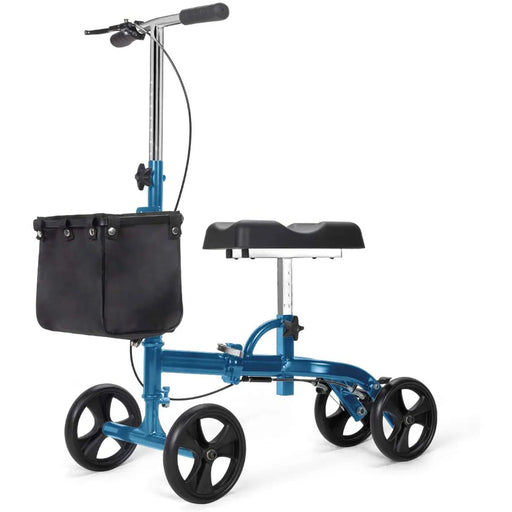
Economy A - 300 LBS Capacity Knee Scooter
From Original price $128.99Original priceFrom $128.99From $128.99Current price $128.99OasisSpace Economy Knee Walker OasisSpace Economy Knee walker is the most cost-effective knee scooter. Good-looking, full-featured, low price, fr...
View full detailsFrom Original price $128.99Original priceFrom $128.99From $128.99Current price $128.99 -
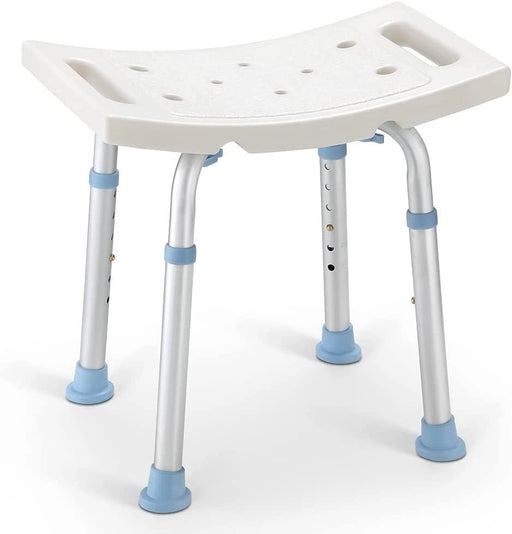 Sale
Sale
Standard - 300LBS Capacity Shower Stool
Original price $51.99From Original price $28.99Original price $51.99Current price $28.99From $28.99Current price $28.99OasisSpace Medical Square Shower Stool for Bathtub OasisSpace Square Shower Stool for Bathtub is approved as the highest standard(FDA) for medical...
View full detailsSaleOriginal price $51.99From Original price $28.99Original price $51.99Current price $28.99From $28.99Current price $28.99 -
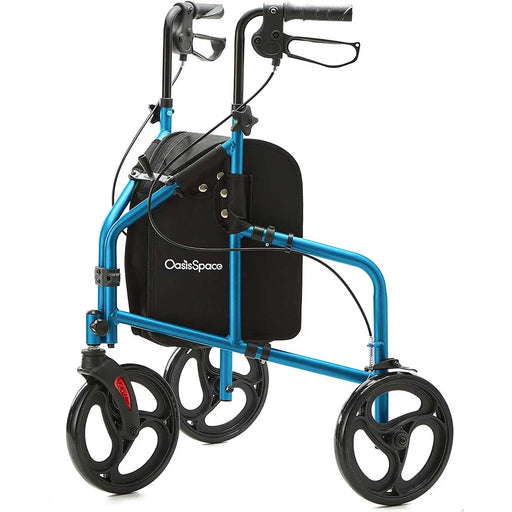
Flexible - 3 Wheels Rollator Walker
From Original price $79.99Original price$79.99From $79.99Current price $79.99OasisSpace Flexible 3 Wheel Rollator Walker for Seniors -Lightweight & Convenient OasisSpace Flexible 3 Wheel Rollator Walker adopts a triangu...
View full detailsFrom Original price $79.99Original price$79.99From $79.99Current price $79.99 -
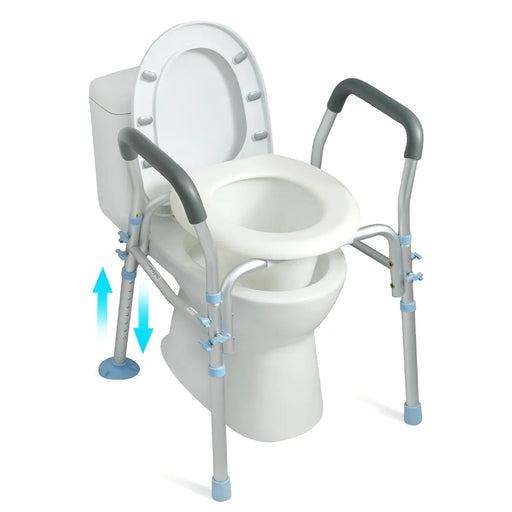 Sale
Sale
300LBS Capacity Raised Toilet Seat with Arms
Original price $120.99From Original price $69.99Original price $120.99Current price $69.99From $69.99Current price $69.99OasisSpace Raised Toilet Seat with Arms - Safe and Convenient OasisSpace Raised Toilet Seat with Arms provides stable support for users to sit dow...
View full detailsSaleOriginal price $120.99From Original price $69.99Original price $120.99Current price $69.99From $69.99Current price $69.99 -
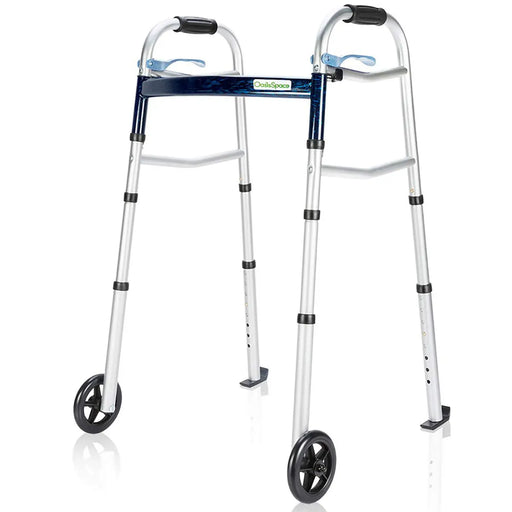
350LBS Capacity 2 Wheel Walker
From Original price $39.99Original price$39.99From $39.99Current price $39.99Product Advantages OasisSpace's 350LBS Capacity walker offers a fusion of lightweight design and sturdy support, crafted from high-grade anodized ...
View full detailsFrom Original price $39.99Original price$39.99From $39.99Current price $39.99 -
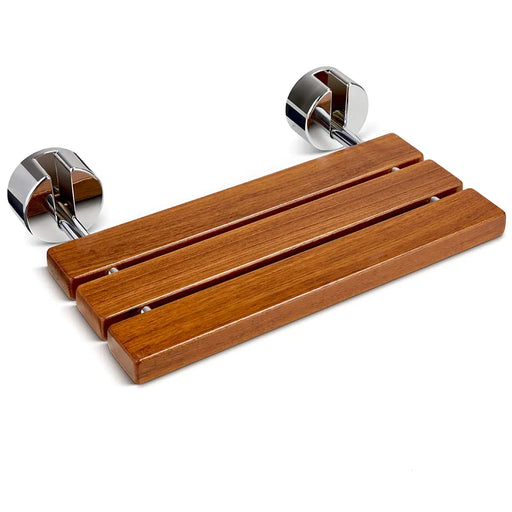
Wall Mounted - 400LBS Capacity Teak Folding Shower Seat
From Original price $131.99Original price$131.99From $131.99Current price $131.99Advantages OasisSpace Teak Wall-Mounted Shower Seat adopts a folding design, which can save space to the greatest extent and can be folded up at a...
View full detailsFrom Original price $131.99Original price$131.99From $131.99Current price $131.99 -
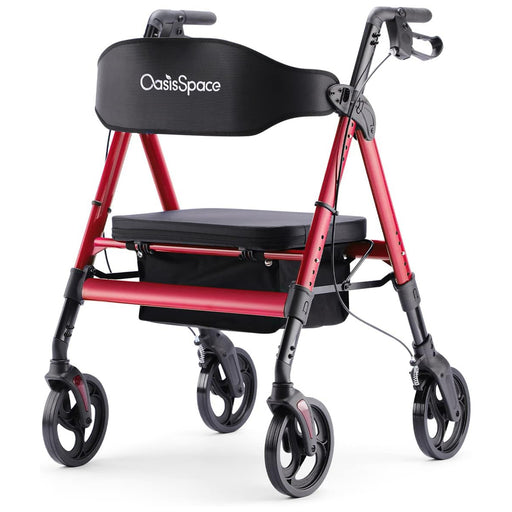 Sale
Sale
Heavy Duty - 450LBS Capacity Bariatric Rollator Walker
Original price $237.99From Original price $179.99Original price $237.99From $179.99From $179.99Current price $179.99OasisSpace Heavy Duty Rollator Walker- a Powerful Assistant for the Bariatric Elderly OasisSpace Heavy Duty Bariatric Rollator Walker with seat i...
View full detailsSaleOriginal price $237.99From Original price $179.99Original price $237.99From $179.99From $179.99Current price $179.99 -
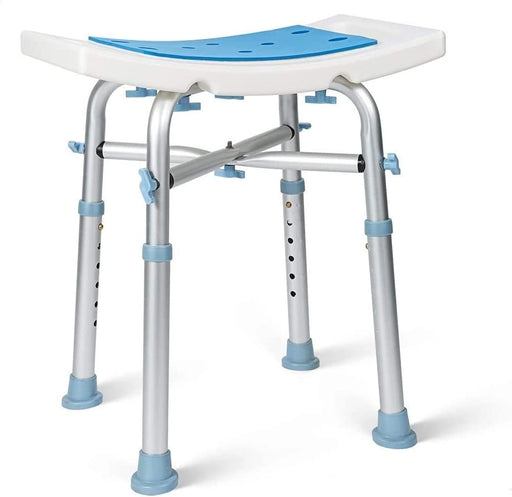 Sale
Sale
Padded & Bariatric - 500LBS Capacity Heavy Duty Shower Stool
Original price $57.99From Original price $36.99Original price $57.99Current price $36.99From $36.99Current price $36.99OasisSpace Medical Heavy Duty Bariatric Shower Stool OasisSpace Medical Heavy Duty Bariatric Shower Stool is approved by the FDA, which is the hig...
View full detailsSaleOriginal price $57.99From Original price $36.99Original price $57.99Current price $36.99From $36.99Current price $36.99 -
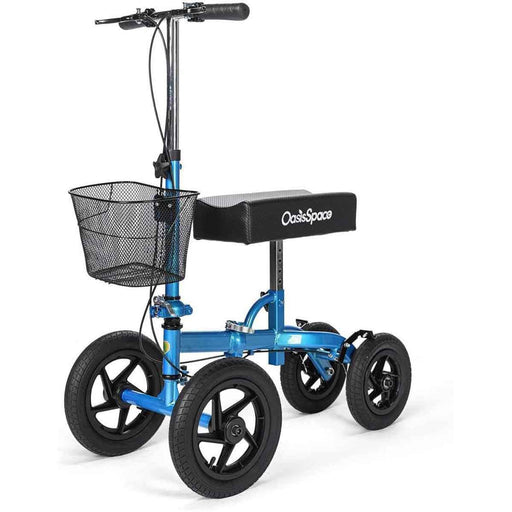 Sale
Sale
All-Terrain-300 LBS Capacity Knee Walker Scooter
Original price $239.99From Original price $189.99Original price $239.99Current price $189.99From $189.99Current price $189.99All-Terrain Knee Scooter Huge & All-Terrain Wheels The front all-terrain pneumatic wheels come with 12inch,which provide better stabilit...
View full detailsSaleOriginal price $239.99From Original price $189.99Original price $239.99Current price $189.99From $189.99Current price $189.99 -
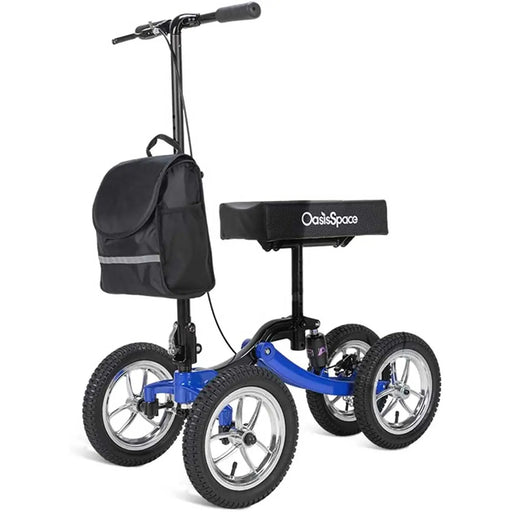 Sale
Sale
Explorer - 300 LBS Capacity Knee Scooter
Original price $300.99From Original price $289.99Original price $300.99Current price $289.99From $289.99Current price $289.99Product Main Advantages OasisSpace Explorer Off-road Knee Scooter is equipped with pneumatic tires, bearing 300lbs. With shock absorption, disc bra...
View full detailsSaleOriginal price $300.99From Original price $289.99Original price $300.99Current price $289.99From $289.99Current price $289.99











